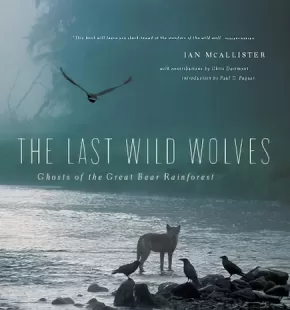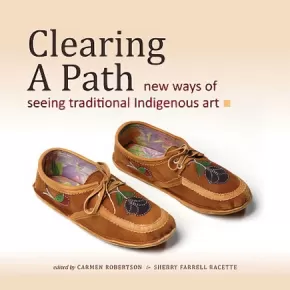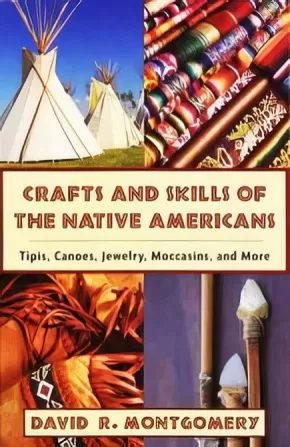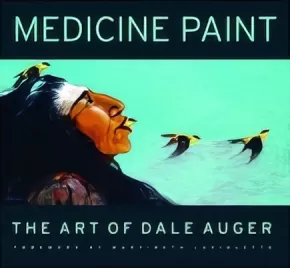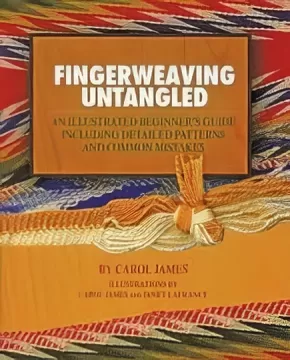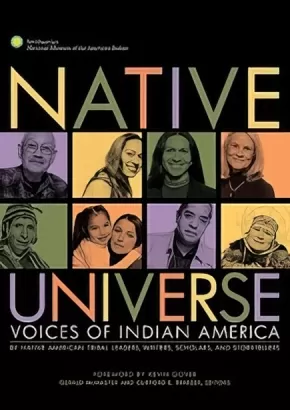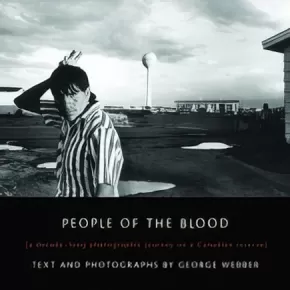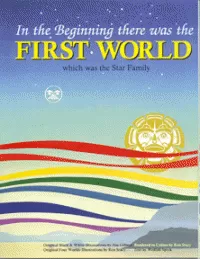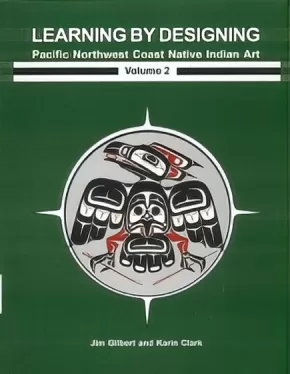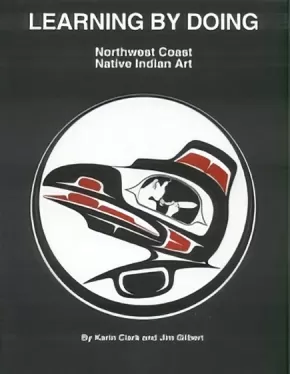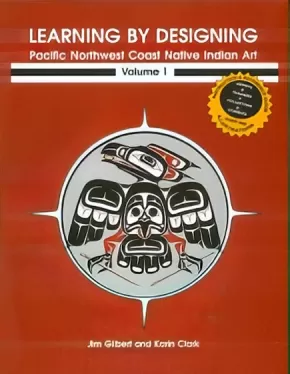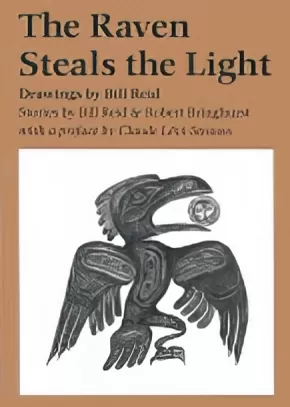
Art
121
-
135
of
139 Results;
Sort By
Go To
of 10
The Last Wild Wolves: Ghosts of the Rain Forest
$32.95
Artists:
Format:
Paperback
ISBN / Barcode: 9781553654520
Synopsis:
Synopsis:
For seventeen years, Ian McAllister has lived on the rugged north coast of British Columbia, one of the last places on the planet where wolves live relatively undisturbed by humans. The Last Wild Wolves describes his experiences over that period following two packs of wolves, one in the extreme outer coastal islands and another farther inland in the heart of the Great Bear Rainforest.
The behavior of these animals -- which depend on the vast old-growth forest and its gifts -- is documented in words and pictures as they fish for salmon in the fall, target seals hauled out on rocks in winter, and give birth to their young in the base of thousand-year-old cedar trees in spring. Most interestingly, scientific studies reveal a genetically distinct population of wolves -- one that is increasingly threatened by human incursions.
Reviews
"McAllister's extraordinary photographs come from waiting for his subjects to show themselves. He watches from tree platforms built over rivers where the wolves catch salmon, and he shoots while sitting motionless among packs that have consented to tolerate his presence among them . . . The resulting photos are thrilling, especially the close-ups of wolves' faces . . . and the panoramic landscape shots, but the word-pictures conjured by McAllister's text are equally vivid." —Victoria Times Colonist
Additional Information
192 pages | 11.00" x 10.50"
Clearing a Path: New Ways of Seeing Traditional Indigenous Art
$29.95
Artists:
Format:
Hardcover
Text Content Territories:
Indigenous Canadian;
ISBN / Barcode: 9780889772267
Synopsis:
Synopsis:
The first book, Clearing a Path: New Ways of Seeing Traditional Indigenous Art, is edited by First Nations University of Canada scholar Carmen Robertson and noted Saskatchewan Métis artist and scholar, Sherry Farrell Racette.
"In 2005, as part of the province's centennial celebrations, the Saskatchewan Arts Board contracted Carmen Robertson and Sherry Farrell Racette to curate an exhibition which would bring together a diverse group of contemporary artists working in traditional Indigenous media," says Brian Mlazgar, publications manager of the CPRC. "When Clearing a Path opened in November of that year, few could have predicted the strength of its work. More than three years later, the exhibition continues to flourish and tour."
The exhibition catalogue includes photographs of the works and brief biographies of the 21 participating artists. Artists' statements for many of the pieces provide unique insight into the artistic process and the artist's connection to his or her history and traditions. In two introductory essays, Robertson and Farrell Racette explore the history of traditional artists and their art: the criminalization of indigenous arts and ceremonies, the subsequent loss of culture through colonization and more recently, the struggle to have their work considered "art" rather than "handicraft."
Crafts and Skills of the Native Americans: Tipis, Canoes, Jewelry, Moccasins, and More (3 in Stock) - ON SALE!
$16.00 $19.95
Format:
Paperback
Text Content Territories:
Indigenous American; Native American;
Reading Level: N/A
ISBN / Barcode: 9781602396760
Synopsis:
Synopsis:
Crafts and Skills of Native Americans is a fascinating, practical guide to the skills that have made Native Americans famous worldwide as artisans and craftsmen. Readers can replicate traditional Native American living by trying a hand at brain tanning, identifying animal tracks, or constructing a horse saddle. Readers can even make distinctive Native American beaded jewelry, a variety of moccasins, headdresses, and gourd rattles. Native American style is unique and popular, especially among young people, historians, and those with a special interest in the American West.
Additional Information
240 pages | 5.50" x 8.50"
Medicine Paint: The Art of Dale Auger
$59.95
Format:
Hardcover
Text Content Territories:
Indigenous Canadian; First Nations; Cree (Nehiyawak);
Grade Levels: University/College;
ISBN / Barcode: 9781894974752
Synopsis:
Synopsis:
One of Canada's most evocative modern painters, Cree artist Dale Auger was a gifted interpreter of First Nations culture, using the cross-cultural medium of art to portray scenes from the everyday to the sacred and dissemble stereotypes about Indigenous peoples. Medicine Paint is a collection of Auger's best work, reproduced in glorious full colour and reflecting the evolution of the artist's distinctive style. Including a revealing look back at his life and professional development, the book is a stunning tribute to the master Aboriginal artist.
Auger uses bold, bright colours in his oil paintings to explore the intricate links between spirituality and the natural laws of the land. Birds, beasts and human forms are carried from the dreamworld onto canvas, their spirits channeled through his paintbrush and presented in brilliant yellows, mystic blues, vibrant reds and swirls of black. Infusing his subjects with energy, life and colour, Dale Auger masterfully presents scenes that are powerful, spiritual and inspiring. A bald eagle is majestic in flight against a bright blue sky. An elder makes a solemn offering to the Sky Being. Horses dance playfully in the frame for a sweat lodge. A warrior draws his bow and points it skyward.
The Making of a Star Blanket
$8.00
Format:
Paperback
Text Content Territories:
Indigenous Canadian;
ISBN / Barcode: 9780978080846
Synopsis:
Synopsis:
This resource provides an opportunity for students to work with paper and colour, while integrating the concept of numbers into the learning and teaching process. The hands-on experience of being able to fold paper into different shapes, patterns and designs, and add colour is an effective strategy to motivate students to learn math. The section, “The Star Blanket Making Process From the Sewing Perspective,” shows a step-by-step progression of how to assemble a star blanket. Not only does it teach practical skills, it also teaches patience and builds positive self-esteem within the learner.
Educator Information
While the publisher of this work indicates it's a useful math resource, it has been expressed by educators that this is not a useful math resource.
Beadwork Techniques of the Native Americans (2 in Stock) - ON SALE!
$23.50 $29.95
Format:
Paperback
Text Content Territories:
Indigenous American; Native American;
ISBN / Barcode: 9781929572113
Synopsis:
Synopsis:
This book is in a class by itself. Featured are dozens of full-color photos of both Indian and in-Indian made beadwork from museums, collections and today's marketplace. Instructions are accompanied by large, highly detailed, step-by-step color photos and illustrations. Four styles of beadwork are covered: loom, two needle applique, lazy stitch, and the gourd (peyote) stitch. Presenting both basic and advanced techniques, the author also includes detailed instructions on how to make and bead moccasins.
Fingerweaving Untangled (3 in stock) - ON SALE!
$19.50 $24.95
Format:
Paperback
ISBN / Barcode: 9780978469504
Synopsis:
Synopsis:
This publication is a welcome addition to the literature on the ancient craft of fingerweaving. Carol James, an accomplished Winnipeg weaver and teacher, has dedicated over 20 years to the art. Her knowledge and sash reproductions are based on the detailed study of historical artifacts and are housed in various heritage institutions such as the Manitoba Museum and the Musee de Saint-Boniface.
Native Universe: Voices of Indian America
$25.00
Format:
Paperback
Text Content Territories:
Indigenous American; Native American;
ISBN / Barcode: 9781426203350
Synopsis:
Synopsis:
This gorgeous volume draws from the vast archives of the National Museum of the American Indian and the voices of some of the most prominent Native American scholars, writers, activists and tribal leaders. More than 300 full-color illustrations depict the artistry and culture of our hemisphere’s diverse indigenous peoples. With its insightful, firsthand prose, the book is a reminder that the ancient philosophies and folkways are just as valuable and relevant in today’s world as they were generations ago.
People of the Blood: A Decade-long Photographic Journey on a Canadian Reserve
$24.95
Format:
Hardcover
Text Content Territories:
Indigenous Canadian; First Nations; Blackfoot Confederacy (Siksikaitsitapi); Kainai (Blood);
ISBN / Barcode: 9781894856980
Synopsis:
Synopsis:
THE BLOOD RESERVE (Canada's largest native reserve) is a land of wind, prairie, mountains, and rivers, a land of dramatic physical beauty. It is the setting for George Webber's stunning collection of black-and-white photographs, People of the Blood. From the spring of 1992 until the late summer of 2005, Webber journeyed to the reserve from his home in Calgary, documenting his experiences on film and with pen and paper.
People of the Blood is an intimate and compelling story of the reserve's people and stark, sweeping landscape told in black and white. In his quest to photograph and document hope and darkness in the western Canadian landscape, Webber has ceaselessly photographed the people, small communities, and the land for a quarter century. People of the Blood documents a photographic journey spanning over a decade, one that put Webber in contact with the strong people of the Blood, their spiritual practices, their hopes, their challenges, wins and losses.
With grace and compassion, Webber shows us the sweat lodge and the sun dance, the faces of hope and despair, rodeos and funerals, quiet kitchen conversations and heartbreaking devastation.
Never an interloper, Webber's quiet presence is that of a documentary photographer of the first order, which seeks to tell the stories of the people and the land in which they live. As it moves between the realms of the spiritual world and harsh reality, interspersed with the incredible beauty of the landscape, People of the Blood captures the light in the darkness, the hope that exists in the Blood people, who live in unforgiving landscapes and social circumstances. In his grainy, dark imagery, Webber continues to capture these sparks in what might seem to be barren surroundings.
Fingerweaving Basics
$33.95
Format:
Paperback
Text Content Territories:
Indigenous American; Native American;
ISBN / Barcode: 9781929572083
Synopsis:
Synopsis:
Fingerweaving has been practiced by Native Americans for centuries. It requires no sophisticated loom, only the nimble hands of the weaver. Each technique is presented in detail. The instructions are simple and clearly written, and each step is illustrated with color drawings that make the different threads easy to identify. Includes a color photo of each finished weaving. The approach used here makes this craft much more accessible to amateurs who may have wanted to try it but may have been turned off by the complexity of other books on the subject. Several variations are given for chevron stitch, lightning pattern, arrowhead pattern, bead accents, and fringe.
In the Beginning, There was the First World
$10.00
Format:
Paperback
Text Content Territories:
Indigenous American; Indigenous Canadian;
ISBN / Barcode: 9780969297956
Synopsis:
Synopsis:
This 16-page booklet has a beautifully illustrated Pacific Northwest Coast creation story and 20 designs from the four major Indigenous art style areas comparing the differences and similarities.
Learning By Designing Vol. 2: Pacific Northwest Coast Native Indian Art
$32.95
Format:
Paperback
Text Content Territories:
Indigenous American; Indigenous Canadian;
ISBN / Barcode: 9780969297949
Synopsis:
Synopsis:
This companion manual to Volume 1 puts First Nations art into deeper cultural context, providing Native Indian philosophy, knowledge and skills foundation, code of ethics, and interviews with a contemporary First Nations family, as well as some aspects of historical context and a description of the Potlatch. A full colour, 16-page creation story with 20 designs is included.
Additional topics include: contemporary design evolution with 50 examples, 20 designs to draw and paint, and a Quick Reference Chart containing over 100 designs.
Learning By Doing: Northwest Coast Native Indian Art
$24.95
Format:
Paperback
Text Content Territories:
Indigenous American; Indigenous Canadian;
ISBN / Barcode: 9780969297918
Synopsis:
Synopsis:
This book contains step-by-step instructions and illustrations on the basics of drawing, designing, painting and carving in the Pacific Northwest Coast Native Indian art style.
Learning by Designing Vol. 1: Pacific Northwest Coast Native Indian Art
$32.95
Format:
Paperback
Text Content Territories:
Indigenous American; Indigenous Canadian;
ISBN / Barcode: 9780969297932
Synopsis:
Synopsis:
This reference and instructional manual contains a detailed thoroughly analysed, well-supported comparisons of the four Pacific Northwest First Nations art styles. There are 800 clear, detailed illustrations accompanied by straightforward copy. Topics include design formalise, ovoids, U shapes, S shapes, heads, body parts, and design formation, as well as a step-by-step "How to Draw" section.
This reference and instructional manual contains a detailed, thoroughly analyzed, well-supported comparison of the four Pacific Northwest First Nations art styles. There are 800 clear, detailed illustrations accompanied by straightforward copy. Topics include design formline, ovoids, U shapes, S shapes, heads, body parts, and design formation, as well as a step-by-step "How to Draw" section.
The Raven Steals the Light
$18.95
Artists:
Format:
Paperback
Text Content Territories:
Indigenous Canadian; First Nations; Haida;
ISBN / Barcode: 9781550544817
Synopsis:
Synopsis:
Ten masterful, complex drawings by Bill Reid are accompanied by ten episodes from Haida mythology told by Bill Reid and Robert Bringhurst. The result brings Haida art and mythology alive as never before in an English-speaking world. The collection includes, says Reid, "a good selection of bestiality, adultery, violence, thievery and assault, for those who like that sort of thing."
Educator Information
This work is available in French: Corbeau vole la lumiere
Additional Information
112 pages | 6.13" x 8.44"
Sort By
Go To
of 10

